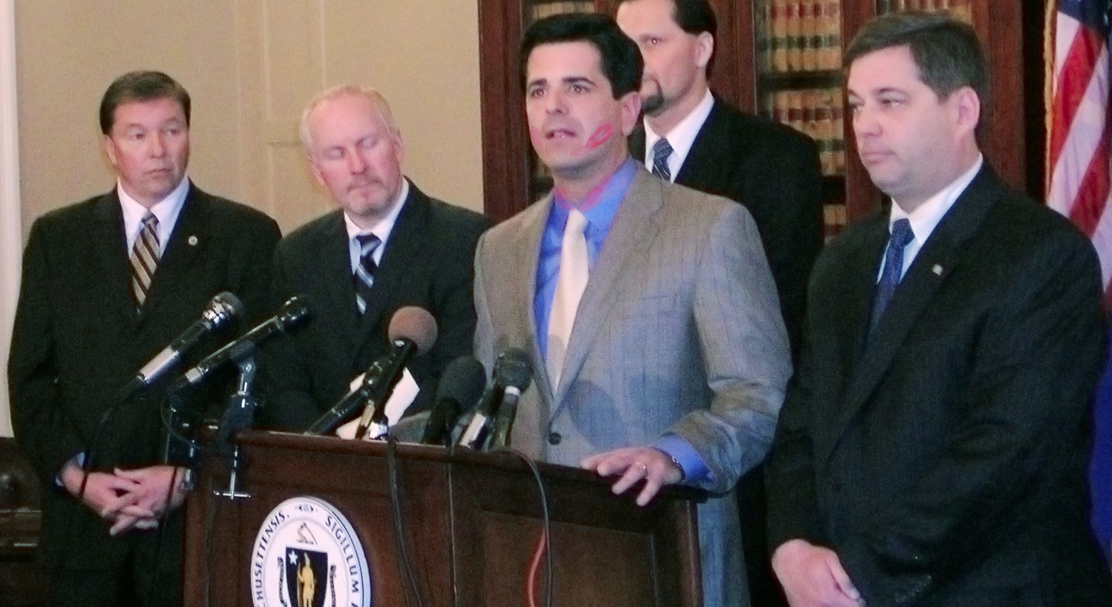Making money as a musician is no easy task. Between low streaming royalties, music piracy, the cost of equipment and fuel to tour, and little guarantee of playing live shows, the odds are stacked against anyone trying to live off of their music. Merchandise sales can help, but not every fan will want to spend $20 on a t-shirt. More often than not, musicians don’t reach their full potential because of the cost of success.
However, a service called Patreon is looking to change the way people think about success in the entertainment industry.
Patreon, which launched in May 2013 by Samuel Yam and Jack Conte, offers an alternative to the standard practice of selling just enough tickets or just enough merchandise to keep producing music. Much like Kickstarter and Indiegogo, fans can visit the page of their favorite artists and contribute money towards the artist’s next project, whether that’s a new song, a music video, or a tutorial. Contribution levels are tiered to offer unique perks to those who contribute more.
Where Patreon differs from others is the frequency in which users donate. Depending on how the artist establishes their account, they can choose between regular monthly contributions, or contributions for each piece of work that is produced and shared. This guaranteed amount to be earned for content is a game changer for most artists; especially those who are “YouTube famous.” It is much more feasible to upload content to YouTube and Bandcamp for others to listen (and potentially download) for free if the biggest fans are helping to pay for the music.
The perks of being an artist’s biggest fan are often worth the price, too. Fans of artists using Patreon get perks including early access to tickets, monthly Google+ Hangouts with the artist, follows on Twitter, high quality downloads of song MP3s, personalized videos, and much more. In exchange for their contributions, artists are able to connect with fans on a much more personal level than was ever possible using a service like YouTube.
Users of Patreon can rest assured that their money is being spent on real content. If, for example, instead of posting a video of a new song, an artist posts a five second video of a kitten, users have until the end of the month to cancel their contribution to that artist and not be charged. This safeguard also requires artists to put time and effort into their next upload or risk not making money on it.
Popular YouTube artists, such as Julia Nunes and Peter Hollens, have already had great success using the service. Nunes makes just under $1,800 per video, and Hollens makes just over $3,000 per video. Milestone goals set by each artist encourage more contributions by guaranteeing things like a new album, unreleased tracks, and behind the scenes videos of production based on the amount per video being contributed.
The future of services like Patreon is bright. Writers, programmers, comedians, podcasters, comic book artists and more have joined the musicians on Patreon, and many fans are buying into the idea that artists should be paid for their work; not publishers. Finally, when fans are rewarded for their contributions, both the fan and the artist win.

